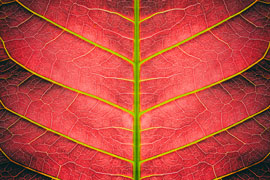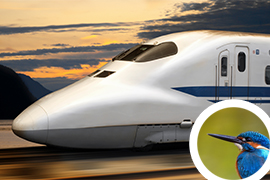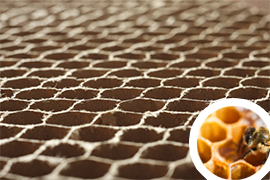What is Biomimicry?
Biomimicry may sound complicated, but it’s actually exactly what it sounds like – mimicking biology. Biomimicry is innovation inspired by nature. According to the Biomimicry Institute, it is defined as an approach to innovation that seeks sustainable solutions to human challenges by emulating nature’s time-tested patterns and strategies.
Nature has already solved so many of the world’s dilemmas. Why not borrow its ideas and apply them to man-made structures and materials?
Emulating Nature for a Sustainable World
Taking inspiration from nature can lead us to sustainable solutions that stand the test of time, just like they have in nature. There are patterns and relationships that exist in nature that can inspire materials, structures, and systems that are better-equipped for sustainability.

Biomimicry in Action
Biomimicry isn’t a new concept – it’s been around for years and has been utilized in designs across the world.
A common example of biomimicry is Japanese bullet trains. Bullet trains, known for their speed and efficiency, were designed after the beak of a Kingfisher bird. The Kingfisher’s beak is known for its incredible power, making it the ideal shape for such a fast and powerful train.

Another great example of biomimicry in action is the design of common wind turbines, which were modeled after humpback whales. The humpback whale was chosen for design inspiration because of its ability to effortlessly move massive amounts of water during breaching.
Both designs took inspiration from shapes modeled by nature, which has been testing and enhancing these designs for centuries.
There are many applications for which biomimicry can help solve problems. Engineers study trees and their rigid, yet flexible structures in an attempt to rethink bridge design. Nature can help designers gauge potential environmental impacts, give clues to how complex systems like ant colonies work, and give inspiration for new technologies.
Biomimicry in Packaging
Biomimicry has several implications for the packaging world, too. With packaging, either the structure of the package or the design on the label can borrow elements from nature, including look, texture, flow, and more. For instance, honeycomb structures are known to be space-efficient, light, and strong. This is why we see this structure being used in protective packaging.

MJS Packaging Knows Sustainability
Sustainability is a growing trend that consumers are looking for more and more. MJS Packaging offers many sustainable packaging solutions for all types of products. Contact us online or call us at (800) 915-2262 to talk with one of our knowledgeable packaging specialists about our sustainable packaging solutions.




